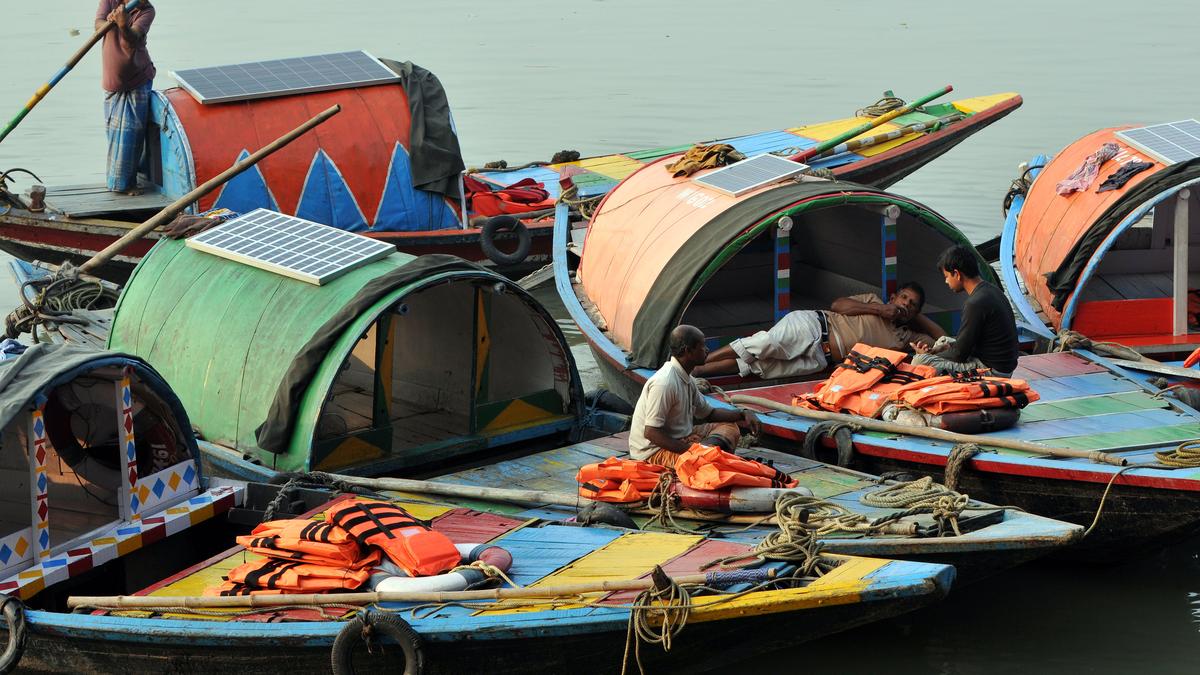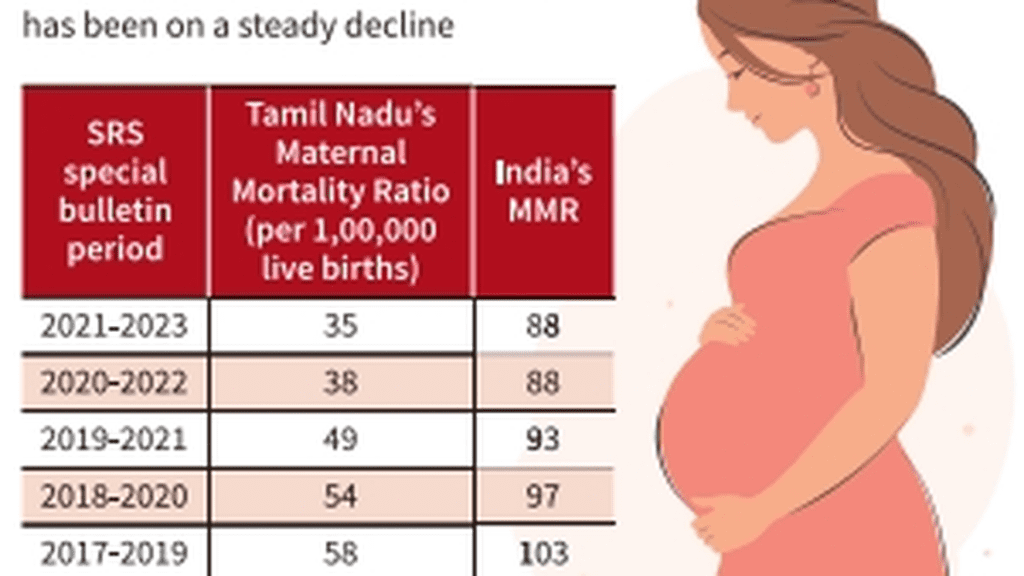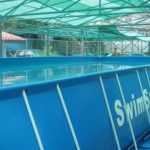How many people in India use lifejackets? New study among fishers, boat operators & tourists in T.N. and Kerala aims to find out Premium

How many people in India use lifejackets? New study among fishers, boat operators & tourists in T.N. and Kerala aims to find out Premium
Just about a month ago, India was rocked by the tragedy of fifteen persons, including four women and two children, who died after an Indian Navy speedboat crashed into a ferry, leading to its capsizing, off the Mumbai coast. The ferry was carrying passengers to Elephanta Island, a UNESCO world heritage site and popular tourist destination.
The incident threw the spotlight, once again, on water safety in India, after survivors alleged that the ferry did not have enough life jackets for its passengers, and officials said the vessel was carrying over 100 passengers against its capacity of 90.
A staggering 71% of deaths caused by drowning in India are due to accidental falls into water bodies. In 2022, India reported 256 boat capsizes as per the National Crime Records Bureau’s (NCRB) statistics. And yet, usage of lifejackets and the implementation of regulations requiring life jackets on water transport facilities, remains poor, says Jagnoor Jagnoor, a public health researcher and programme lead for injury, The George Institute for Global Health.
To understand how often people wear lifejackets and how more usage can be encouraged, the Indian Council of Medical Research’s (ICMR), as part of its first-ever initiative on drowning prevention, has now begun a study.
Focused on fishermen, boat operators and tourists in Tamil Nadu and Kerala, where water transport use is common, the study aims to find out how many people wear lifejackets and why they choose to wear or not wear them. It also aims at developing a strategy to encourage more people to use lifejackets by engaging with experts and local communities. The study will then evaluate if this plan was effective in increasing the use of lifejackets and therefore, reducing the risk of drowning. The project is also expected to develop a tested behaviour change intervention to improve the use of lifejacket wear among boaters.
This is “the first research in India aimed at gathering evidence to promote lifejacket use and reduce risk of drowning,” the ICMR said in an email communication to The Hindu.
The ICMR is collaborating with The George Institute for Global Health, India, on this project. Dr. Jagnoor, who is working on the project said that overall, we know very little about where drowning happens, especially among adults.
While globally, children aged under 5 account for the largest single share of drowning deaths, in India, the picture, as per NCRB statistics, is a little different: over half of all drowning deaths (51%) are amongst the economically active 18 to 44 age group. More males than females in India die of drowning, over 80% were males as per NCRB figures.
“While the risk is higher for males, attributed generally due higher exposure to water and risk-taking behaviour, a chunk of drowning deaths in India are caused by hazardous occupational settings – livelihood hazards,” Dr. Jagnoor said.
According to the ICMR, the project has received about ₹60 lakh in funding – it is one of three projects funded under ICMR’s drowning prevention initiative with a total budget of around ₹2 crore. “Due to the huge coastlines in the Southern States and the frequent use of water transport, the study is based in these two States. It will involve 1,400 people using water vessels. It is being conducted in Alappuzha and Thrissur in Kerala as well as Tiruvallur and Nagappatinam in Tamil Nadu,” Dr. Jagnoor said.
Wearing a proper lifejacket can increase survival chances in water accidents by over seven times, yet very few people use them consistently, the ICMR said.
While there has been an increase in awareness about ensuring there are lifejackets and life buoys on board boats, fishermen still, mostly, do not wear lifejackets while fishing, said E. Ragupathi, a boat owner and ex-president of the Chennai Mechanised Boat Owners Association. Primarily, he said, this was because fishermen found the jackets uncomfortable and cumbersome. “The lifejackets available here are very thick – about eight inches or so, making them uncomfortable to wear for long durations. These are water resistant, not waterproof. The better quality jackets used by the Navy for instance, are only about 3 inches thick and are waterproof. But even the government subsidies are for the thick, water resistant jackets that also have to be replaced every two years,” he pointed out.
Fishers instead, used life buoys more, Mr. Ragupathi said, finding them more convenient and useful. He added however, that even now, more water safety awareness was needed, along with basic first-aid training for the community.
A senior official of the T.N. Fisheries Department said that awareness on, and enforcement of rules regarding life saving buoyancy/floatation devices to be carried on small vessels was essential. “Some small vessels do not carry them due to space constraints. But in cases of accidents, cyclones or inclement weather, flotation devices become crucial in the sea.”
In September last year, India launched its National Strategy for Prevention of Unintentional Injury. One of the unintentional injuries it focuses on is drowning, and it proposes a multi-stakeholder strategic framework for drowning prevention.
India was also part of the Global Status Report on Drowning Prevention launched in December 2024. While as per National Crime Records Bureau (NCRB) statistics the country reported 38,503 drowning deaths in 2022 (9.1% of all accidental deaths) up from 36,362 in 2021, the WHO estimate is higher – at 55,000 deaths in 2021.
The findings of the current study, the ICMR said, will be shared with government programmes such as the National Programme for Prevention & Management of Trauma & Burn Injuries, as well as State health authorities and the WHO. “This will inform policies and practices. ICMR is also supporting two other drowning prevention projects: one using artificial intelligence (AI) and another focused on school children,” the email said.










